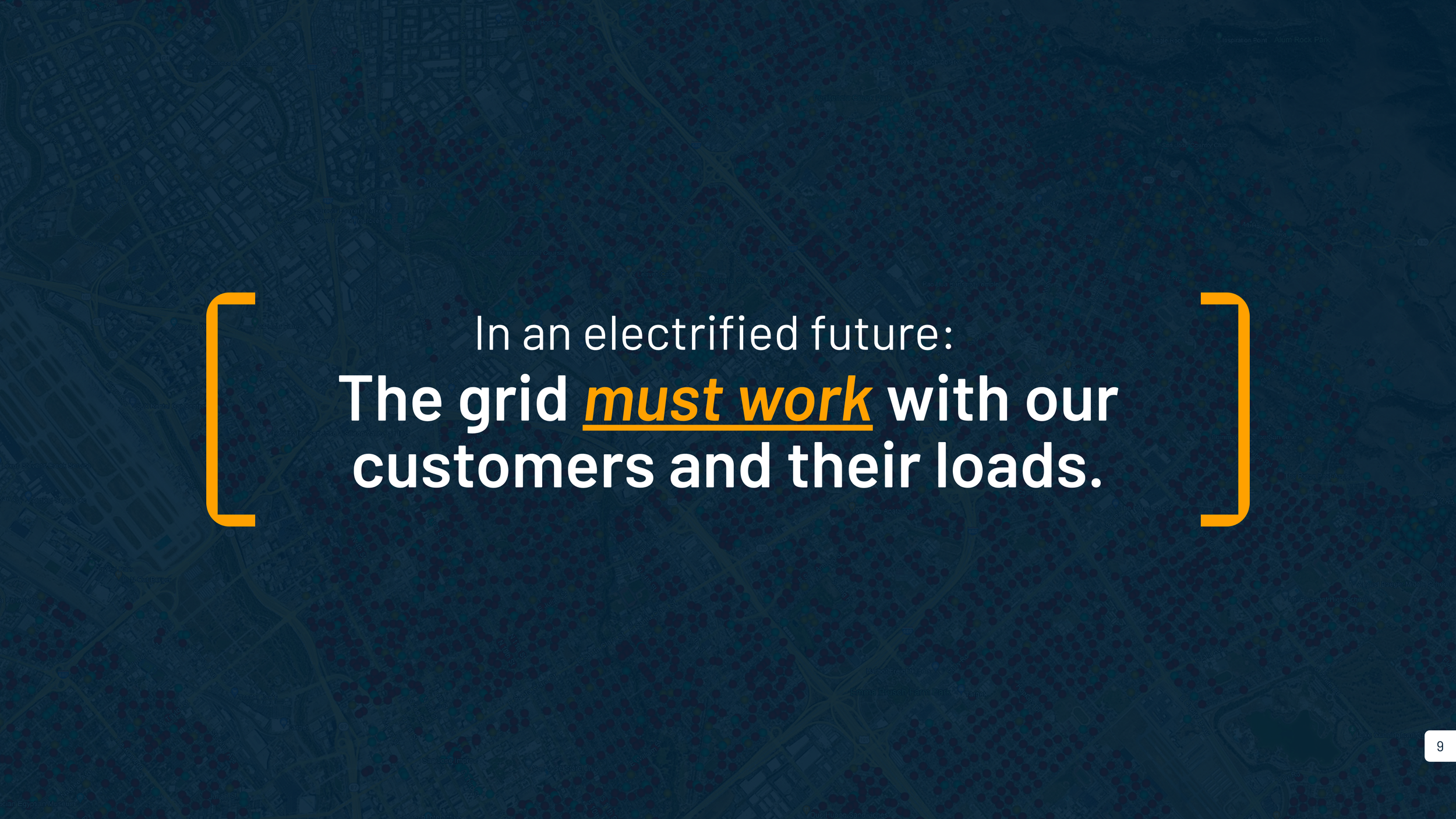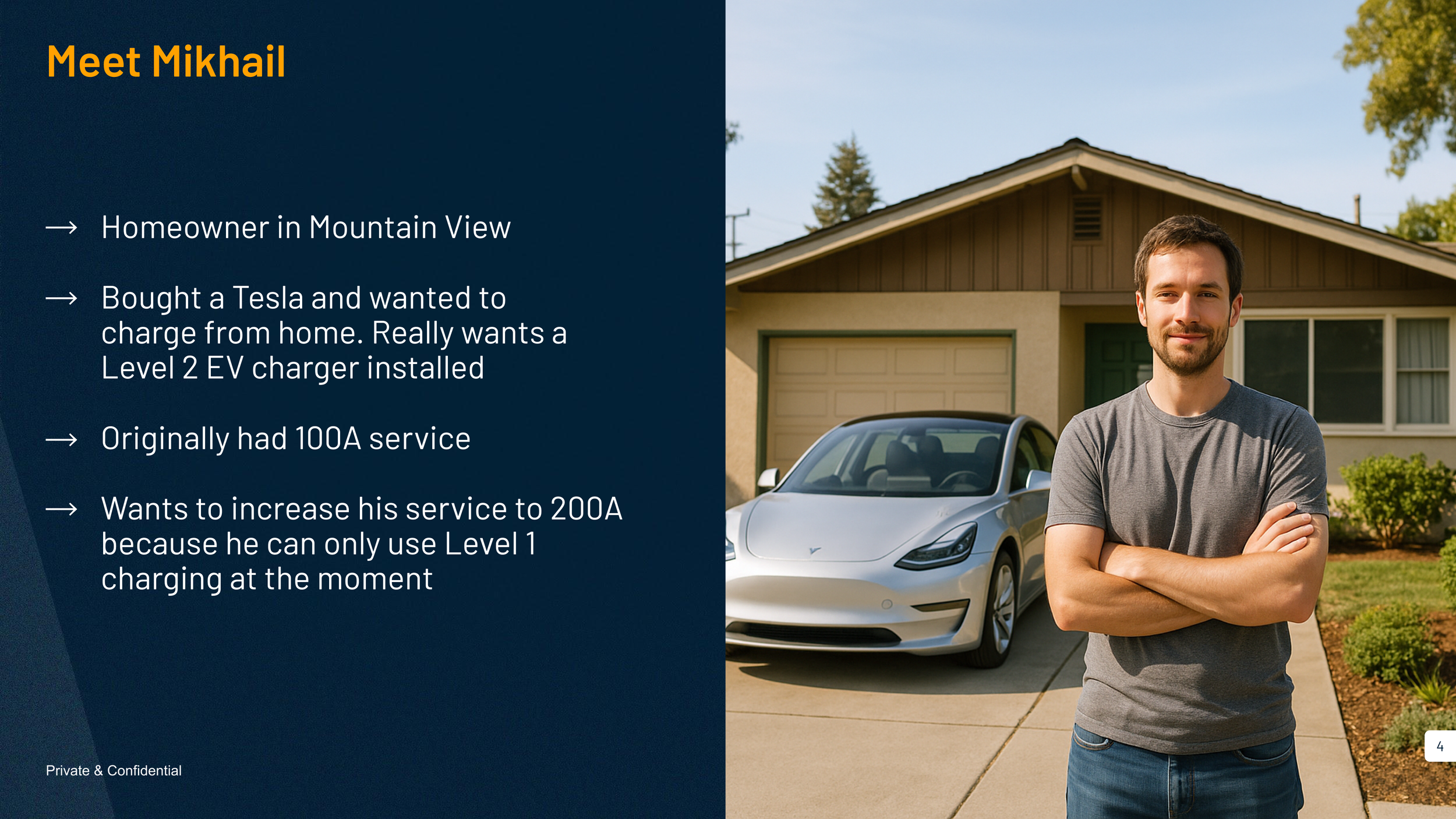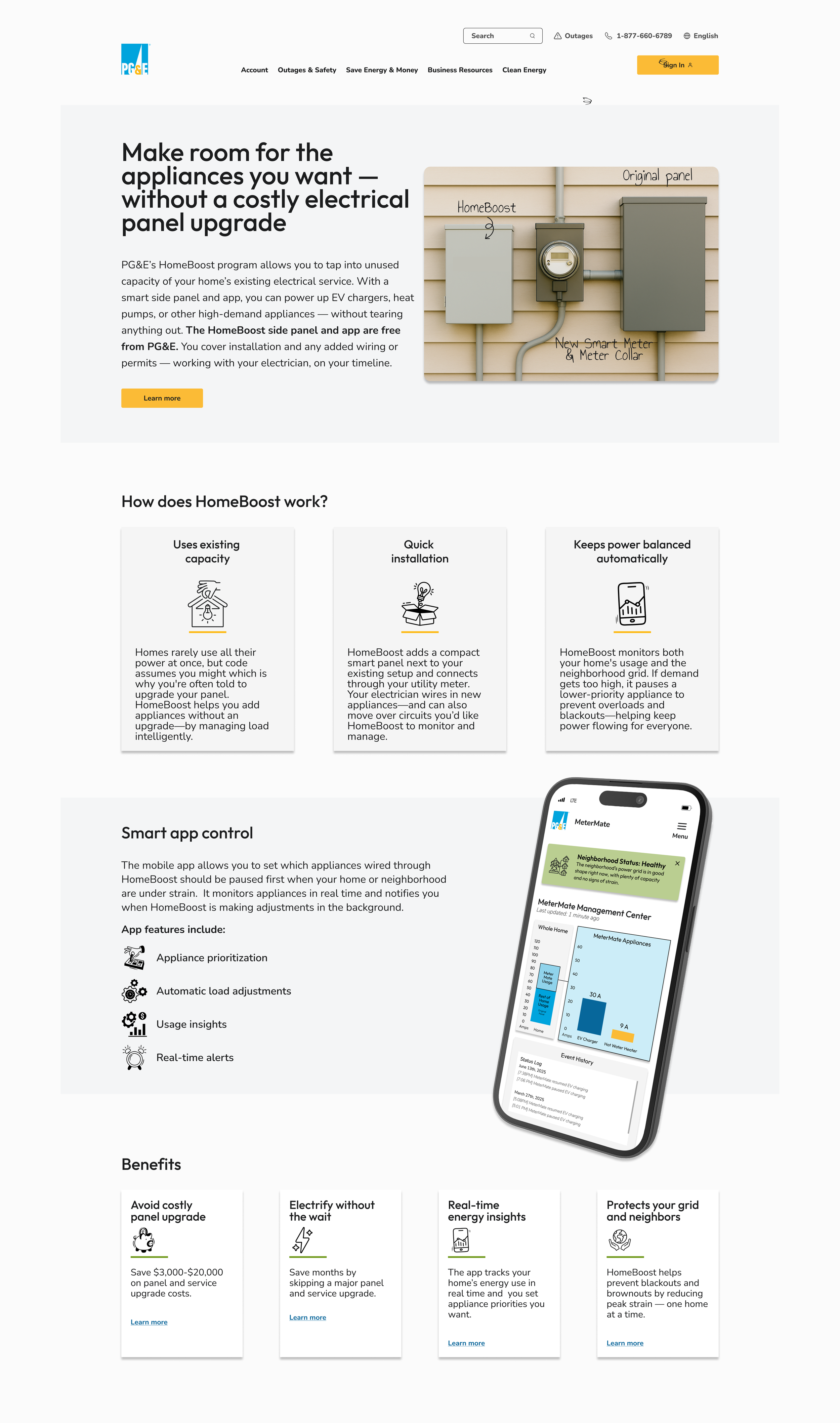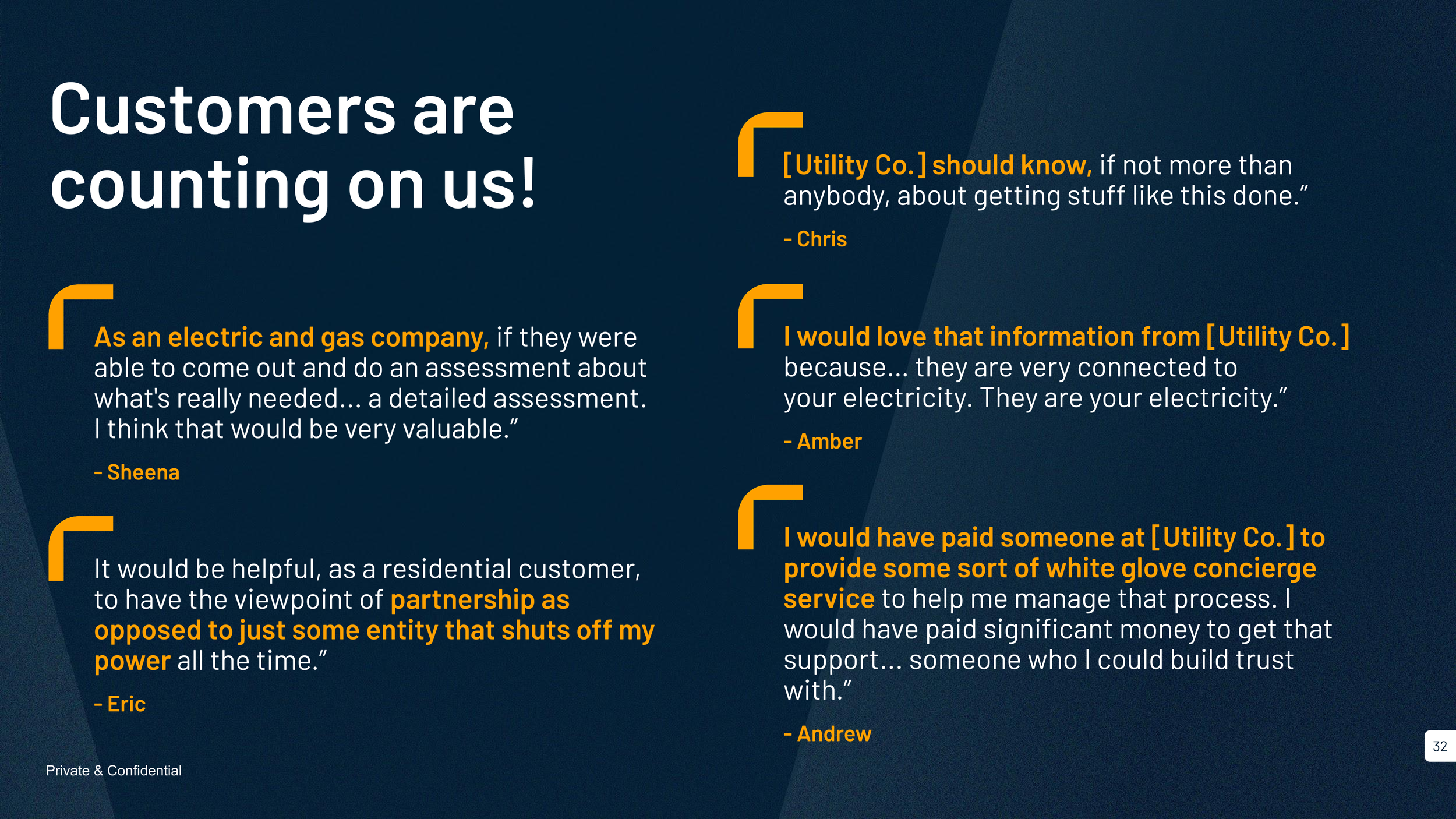HomeBoost
Unlocking value from every panel to every person
The Challenge
My client, a leading California utility, faced a growing challenge: how to help residential customers navigate and afford the complex journey of home electrification. Customers were eager to reduce their carbon footprint and lower utility bills, but the path was full of friction– from understanding incentive programs to coordinating multiple contractors. Many homeowners felt the process to upgrade their panel and/or service was too confusing, expensive, or time-consuming to pursue, leaving adoption of clean technologies like heat pumps and EV chargers lagging behind potential demand.
The Approach
As Lead Entrepreneur in Residence on the venture team, I mentored my client colleagues on the venture building process (Mach49) and helped them uncover strong stakeholder pain, test early stage concepts for feedback, validate a solution, and build a business case to bring it to market. Methods and activities included:
Defining an opportunity statement to serve as the North Star and provide focus/constraints to determine what success looks like
Conducting pain point interviews with homeowners and electricians to understand their pains with either electrifying their home or serving their customers looking to do so.
Mapping customer decision journeys, highlighting friction points in awareness, financing, and contractor coordination.
Creating and testing value propositions (storyboards) and a series of landing page/mobile screen flow prototypes to get feedback on messaging and validate desirability of the proposed solution.
Developing a comprehensive business plan to pitch to executives including a business model, operating plan, go-to-market strategy, pilot plan, and formal request for funding.
The Solution
A key learning gleaned from speaking with electricians is that a home rarely uses all of its electrical power at one time. If coordinated properly, a homeowner can actually cycle between electrical appliances they are using at one time, and even have some of the run at decreased capacity (such as an EV charger). After speaking with dozens of homeowners and electricians, it was clear what solution was needed: a way to extend a home’s electrical panel without upgrading it. In partnership with a couple of third-party vendors, the team came up with HomeBoost. HomeBoost is a smart panel add-on that connects directly to the home’s utility meter using a meter socket adapter and can be managed via a mobile app.
HomeBoost allows homeowners to add new loads like EV chargers, electric heat pumps, induction cooktops, etc to their home without having to undergo a costly and timely panel upgrade.
Prototypes of mock program pages shown to homeowners (left) and electricians (right) in order to get feedback and gauge desirability / feasibility of the HomeBoost solution.
The Impact
The LevelUp pilots showed how a simple shift — shortening the amount of time between jobs — could create outsized results for both Associates and Employbridge’s clients. By addressing worker stability head-on, the venture unlocked measurable improvements in retention, client satisfaction, and revenue growth. Within the first year of launch, Accelerate outcomes included:
Reduced gap days: Pilots showed that proactive reassignment significantly shortened the time between assignments, leading to higher associate satisfaction
Lower turnover: Turnover dropped by up to 10% in early cohorts, keeping headcount steady
Financial upside: When scaled, LevelUp projected incremental weekly revenue of $24M–$46M from increased fill rates and associate utilization
Broader benefits: Associates gained stability, clients saw improved order fulfillment, and EmployBridge increased LTV, reduced CAC, and strengthened brand perception
Reflection:
From the Inside Out
HomeBoost underscored the importance of human-centered design in climate innovation. By grounding the venture in the lived experiences of homeowners and the electricians that serve them, our solution moved beyond a policy-driven approach to something that customers could actually act on.
Something that customers want.
For me, this project reinforced the value of combining CX research, service design, and business modeling to unlock systemic impact. It also highlighted how utilities, often seen as slow-moving incumbents, can innovate in ways that directly shape the future of energy and customer behavior.












